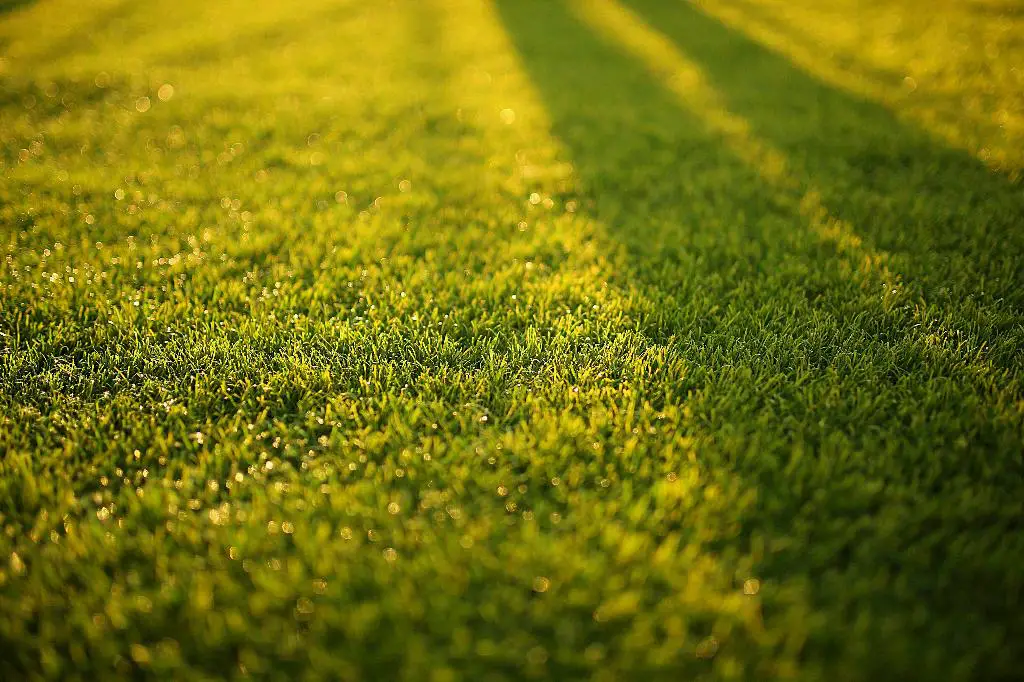Keeping your lawn healthy and vibrant is essential for creating an inviting outdoor space. One crucial aspect of lawn care that is often overlooked is dethatching. Dethatching involves removing the layer of built-up organic material, such as dead grass, roots, and other debris, that accumulates between the soil and grass blades. This layer, known as thatch, if left unaddressed, can prevent water, nutrients, and air from reaching the roots of your grass, leading to a lackluster lawn. By dethatching your lawn regularly, you can promote healthier grass growth, improve water absorption, and enhance overall lawn vitality.
Signs That Indicate Your Lawn Needs Dethatching
It’s essential to keep an eye out for signs that your lawn may need dethatching. Some common indicators include a spongy feel when walking on the grass, shallow root growth, excessive thatch layer, and poor water penetration. If you notice any of these signs, it’s a good indication that your lawn could benefit from dethatching.
Tools and Equipment Needed for Dethatching
Before diving into the dethatching process, make sure you have the necessary tools and equipment on hand. Typically, you will need a dethatching rake, a power dethatcher (also known as a vertical mower), and a lawn mower. These tools will help you effectively remove thatch buildup and promote better grass health.
Steps to Follow for Properly Dethatching Your Lawn
The process of dethatching your lawn involves several key steps. First, it’s essential to mow your lawn to a slightly lower height than usual to expose the thatch layer. Next, you can use a dethatching rake or a power dethatcher to remove the thatch. Finally, ensure you clean up the removed thatch and follow up with proper watering and fertilization to support your grass’s recovery.
Factors to Consider When Deciding How Often to Dethatch Your Lawn
When determining how often to dethatch your lawn, consider factors such as the grass type, the amount of thatch buildup, and the overall health of your lawn. Warm-season grasses typically require dethatching once a year, while cool-season grasses may benefit from dethatching up to twice a year in optimal conditions.
Common Mistakes to Avoid When Dethatching Your Lawn
While dethatching is crucial for maintaining a healthy lawn, it’s essential to avoid common pitfalls that can harm your grass. Some mistakes to steer clear of include dethatching too aggressively, dethatching at the wrong time of year, and neglecting proper lawn care practices after dethatching.
Benefits of Regular Dethatching for a Healthy Lawn
Regular dethatching offers numerous benefits for your lawn’s health and appearance. By removing built-up thatch, you can enhance water and nutrient penetration, promote deeper root growth, reduce the risk of disease, and encourage lush, green grass growth. Incorporating dethatching into your lawn care routine can lead to a more resilient and beautiful lawn.
Alternative Methods for Maintaining a Lush Lawn
While dethatching is an essential aspect of lawn care, there are other methods you can employ to maintain a lush and vibrant lawn. These include proper mowing practices, regular watering, adequate fertilization, overseeding, and aeration. By combining these strategies with dethatching, you can create a healthy and thriving lawn that enhances your outdoor living space.

